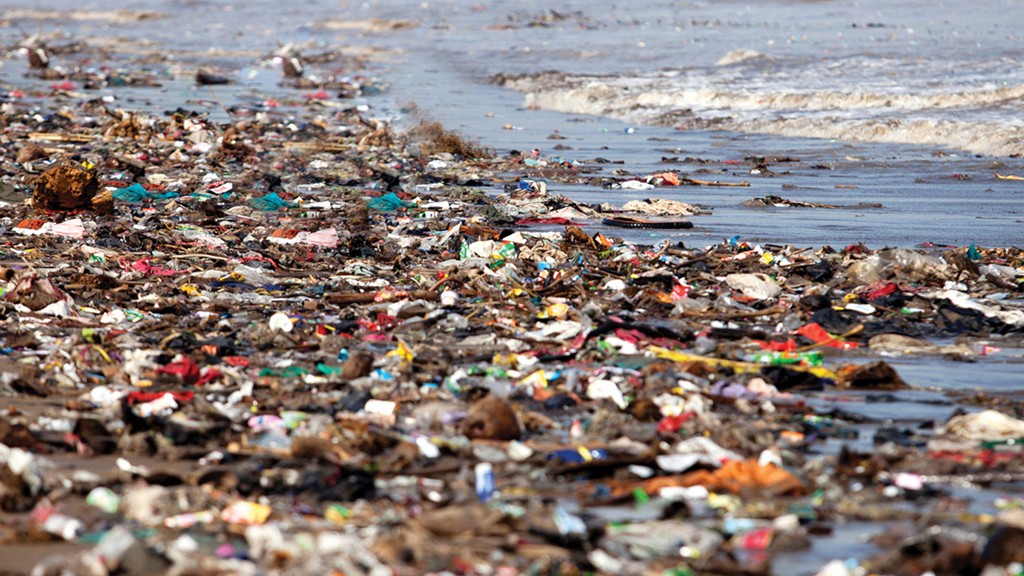Letter from the Editor: The circular economy solution to ocean plastics pollution

Breaking the Plastic Wave is a newly released study which supports the premise that if we fail to take serious action immediately by creating a viable circular economy for plastics, by 2040 the volume of used plastic entering the ocean on a yearly basis will be 29 metric tonnes, nearly triple the amount recorded in 2016. The new report also confirms that total ocean plastic stocks, without changes made, will quadruple - reaching over 600 metric tonnes.
According to UK-based Ellen MacArthur Foundation (EMF),one of the report's key contributors (along with Common Seas and the Universities of Oxford and Leeds) findings of the new study are in line with their 2016 analysis which showed there could be more plastic than fish in the ocean by 2050.
"We need to raise our level of ambition and match it with bold and urgent action to accelerate the transition to a circular economy for plastics," said Dame Ellen MacArthur, founder of EMF. She says the report confirms that the vision of a circular economy for plastic is the only way to address plastic waste and pollution at the source, and emphasizes that this is a vision that already unites over 850 organizations around the world, through the New Plastics Economy Global Commitment and the Plastics Pact network.
Over the last several years, according to MacArthur, there has been some positive action, including the reduction in total volume of virgin plastics entering the global economy, innovation in the way businesses operate, and billions of dollars committed to increase the use of recycled plastic around the world.
However, she emphasizes, we need to do much, much more.
"This new Breaking the Plastic Wave study shows that even if we do everything we physically can, with every technology deployed that we understand today, we can only reduce the flow of plastic packaging into the ocean by 80 percent by 2040."
She says that while millions of dollars are being spent on cleaning up beaches, rivers and streets - and on recycling - it is just not enough. "All of the effort will be in vain if we continue to put plastic packaging with no value into the economy.
"We need to tackle this flood at source, we need to go to the beginning of the system so that every piece of plastic that is manufactured has a value," she says. "We need to eliminate all the plastic we don't need. We need to innovate for the plastic we do need, making sure it is reusable, recyclable and compostable. And importantly, we need to circulate everything we produce, be that plastic or a biological component which replaces it."
Seems like a great plan. Most of our provincial recycling associations in Canada, along with a range of environmental associations, businesses and municipalities are now signed up and committed to the New Plastics Economy. Let's hope everyone, including the federal government of Canada, soon also fully understands the urgency of the need for immediate action, for change in the way packaging is made, and for the establishment of a new circular economy for plastics.
As MacArthur puts it, the goal is simple: let's keep recycled plastic in the economy and out of the ocean. Visit ellenmacarthurfoundation.org for more information about the initiative or to sign on with a commitment.
No time to waste.
Hear direct from Ellen MacArthur, Watch the Video:
The circular economy solution to ocean pollution
This article was originally published as the Editor's letter in the July/August 2020 edition of Recycling Product News, Volume 28, Number 5.


